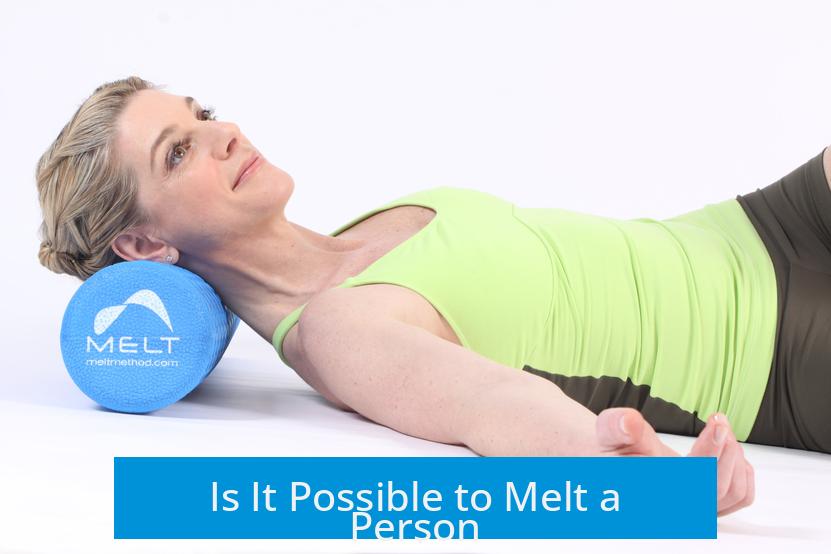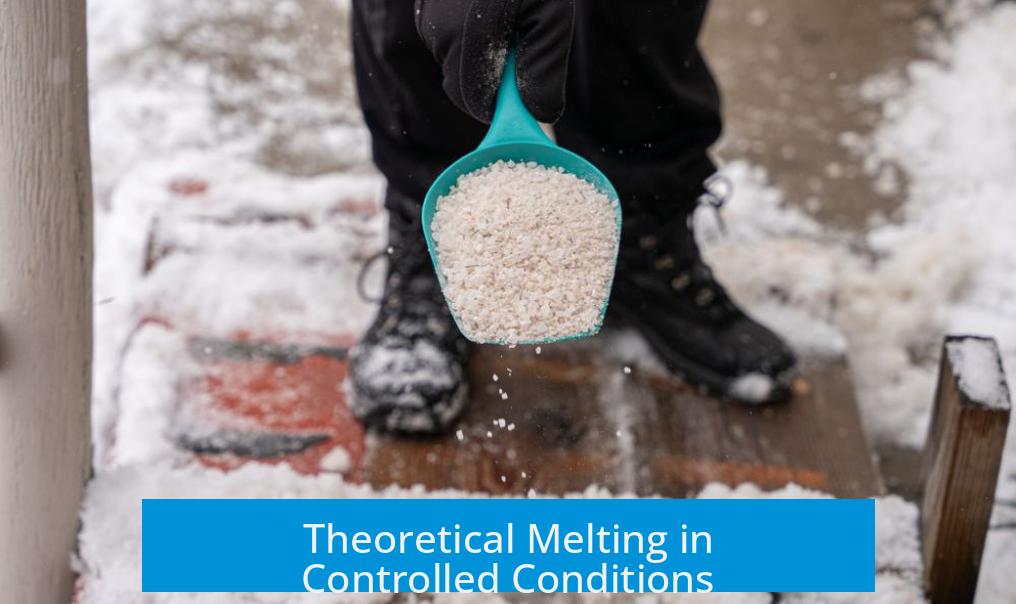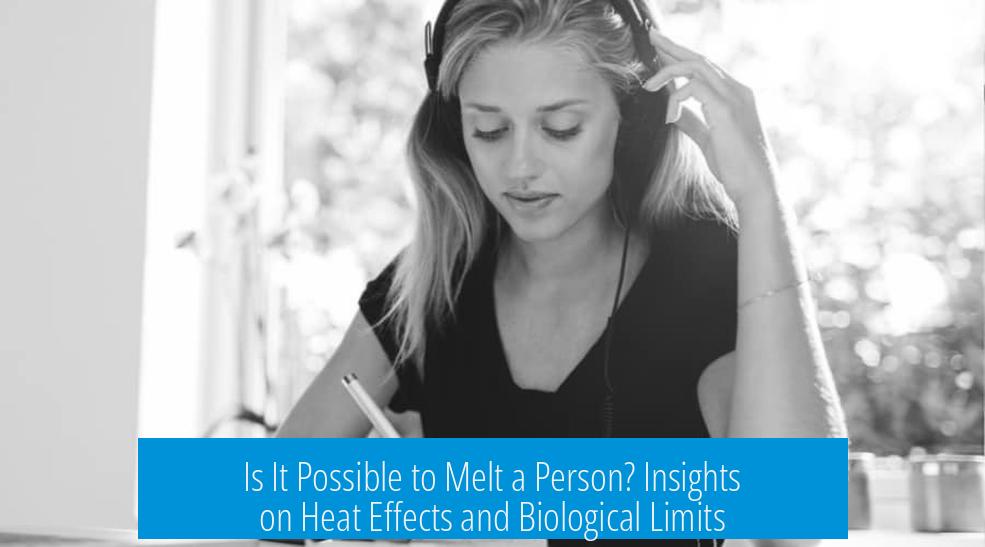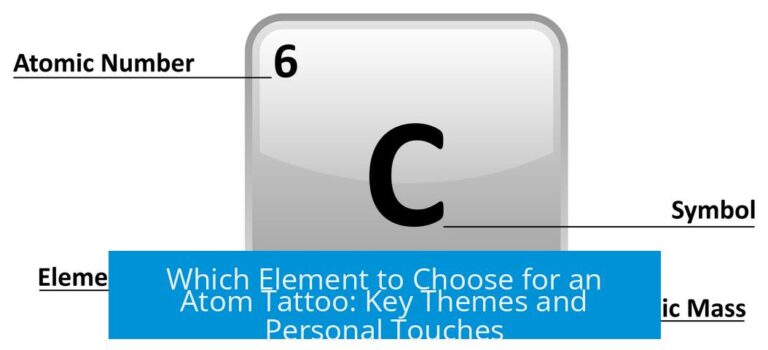Is It Possible to Melt a Person?

It is not possible to melt a person in the conventional sense of melting a solid into a liquid. The human body, as a biological and chemical system, undergoes thermal decomposition, not melting, when exposed to high heat. The complex composition, high water content, protein structure, and mineralized bones prevent any true melting process. Instead, the body experiences a series of chemical and physical transformations culminating in burning, charring, and breakdown to ashes.
Understanding Melting Versus Burning
Melting is a physical phase change where a solid turns into a liquid upon heating. Common materials like ice or metals have clear melting points. However, humans, like other organic matter, are complex mixtures of water, proteins, fats, and minerals. When heated, these components rarely behave like uniform solids with discrete melting points.
- Water Content: Human bodies are approximately 60% water. Water evaporates at 100°C (212°F), so the liquid phase simply boils away before any melting can occur on a solid bodily level.
- Proteins: Proteins denature and coagulate when heated, similar to cooking meat or eggs. This causes solidification, toughening, and breakdown, rather than melting into a fluid.
- Fat (Lipids): Lipid tissues can melt at temperatures around body fat melting points (approx. 30-40°C). Fats may liquefy briefly but will burn with prolonged exposure.
- Bones: Bones contain hydroxyapatite, a mineral with melting points exceeding 1100°C, but they generally burn or become brittle ash before melting under normal atmospheric conditions.
What Happens to the Skin and Muscles Under Heat?
Skin, primarily made of proteins and fats, does not melt but burns or chars depending on heat exposure. There are accounts of skin appearing to “melt” under extreme conditions such as contact with hot exhaust pipes, but this is more a burn and breakdown of tissue rather than melting.
Muscles, also protein-rich and full of water, shrink, dry, and denature when heated. They turn from soft tissue to tough, cooked meat or charred residues at high heat. This transformation is a chemical decomposition, not melting.
The Cremation Process: No Melting but Ash Formation
Cremation provides practical insight into what happens when bodies are exposed to sustained high heat. The process:
- Drives off moisture and volatile components.
- Causes fat to liquefy briefly, then evaporate or burn.
- Denatures proteins into carbon-rich char.
- Burns remaining organic matter into ash and powder.
- Leaves bones, which are further oxidized at high temperatures.
Crematories confirm that humans do not melt during cremation. Any liquid observed is melted fat, which quickly burns off. The final remains are mineral-rich powders, not liquid mass.
Theoretical Melting in Controlled Conditions

Under highly controlled conditions — such as inert atmospheres (oxygen-free), high pressure, and extreme temperatures — some complex molecules might partially liquefy without combustion. However, these are hypothetical and experimental conditions far from typical environments. Carbon and some bone elements sublimate at very high temperatures rather than melting.
Pressure cooking or slow heating at moderate pressure can change tissue textures, but this is a thermal breakdown process mimicking cooking rather than melting.
Chemical Dissolution as an Alternative to Physical Melting
Chemical methods can effectively break down human tissues.
- Sodium Hydroxide (Lye): Used to dissolve flesh and soft tissues; can also degrade bone over time.
- Acids like Hydrochloric Acid: Can chemically digest body components, leaving minimal residue.
- Alkaline Hydrolysis: A process involving water, temperature, and alkalinity to accelerate decomposition.
These methods operate via chemical reactions breaking molecular bonds, unlike heat melting a pure solid.
Why Can’t Humans Melt Like Metals or Ice?
| Property | Humans | Metals/Ice |
|---|---|---|
| Composition | Complex organic molecules, tissues, water, minerals | Pure elements or simple compounds |
| Melting behavior | Decompose and burn, no uniform melting | Clear melting point to liquid phase |
| Water Content | ~60% water (evaporates before melting is possible) | Not applicable or minor presence (e.g., ice) |
| Thermal Stability | Proteins denature, fats melt then burn, bones char | Metals and ice transition cleanly between states |
Key Takeaways
- The human body cannot be melted due to its water content, protein structure, and mineralized bones.
- Heat causes evaporation, protein denaturation, fat liquefaction, burning, and charring, not melting.
- Cremation transforms the body into ash and mineral powder through combustion and thermal decomposition.
- Bones have very high melting points and typically burn rather than melt under atmospheric conditions.
- Chemical dissolution methods can effectively break down tissues but represent chemical reactions, not melting.
- Theoretical melting under inert, high-pressure, and high-temperature conditions remains experimental and not practical.





Leave a Comment